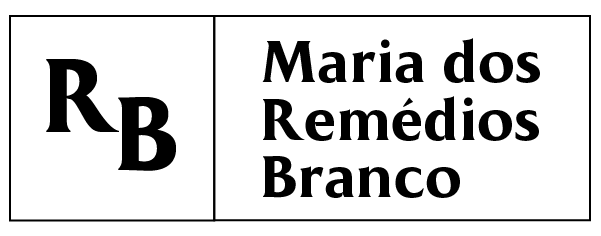Abstract
INTRODUCTION:
Currently, dengue fever, chikungunya fever, and zika virus represent serious public health issues in Brazil, despite efforts to control the vector, the Aedes aegypti mosquito.
METHODS:
This was a descriptive and ecological study of dengue deaths occurring from 2002 to 2013 in São Luis, Maranhão, Brazil. Geoprocessing software was used to draw maps, linking the geo-referenced deaths with urban/social data at census tract level.
RESULTS:
There were 74 deaths, concentrated in areas of social vulnerability.
CONCLUSIONS:
The use of geo-technology tools pointed to a concentration of dengue deaths in specific intra-urban areas.


 , v. 50, p. 104-109, 2017.
, v. 50, p. 104-109, 2017.